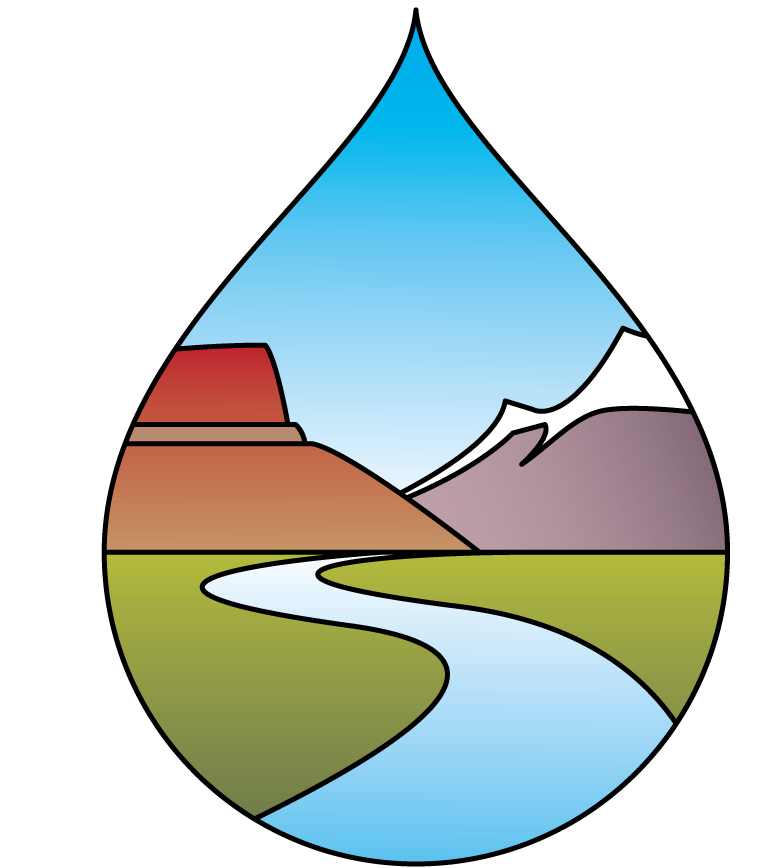Position #487 – Urges the Administration and NASA to Enhance Focus on Research for Water Resources Applications and Promote Long-term Engagement with the WSWC
WHEREAS, the Western States Water Council is a policy advisory body representing eighteen states, and has long been involved in western water conservation, development, protection, and management issues, and the member states and political subdivisions have long been partners in cooperative federal water and climate data collection and analysis programs; and
WHEREAS, in the West, water is a critical, vital resource (much of which originates from mountain snows) and sound decision making demands accurate and timely mapping of, and data on, altimetry, topography, precipitation, temperature, snow water content, groundwater, land use and land cover, water use, water quality parameters, and similar information; and
WHEREAS, the demands for water and related climate data continue to increase along with the West’s population, and this information is used by federal, state, tribal, and local government agencies, as well as private entities and individuals to: (1) forecast flood and drought occurrence; (2) project future water supplies for agricultural, municipal, and industrial uses; (3) estimate streamflows for hydropower production, recreation, and environmental purposes; (4) facilitate water management and administration of water rights, decrees, interstate compacts, and international water treaties; (5) assist in disaster response; (6) assess impacts of climate variability and change; and
WHEREAS, thermal infrared imaging data available from Landsat 8 and Landsat 9 is used to measure and monitor agricultural and other outdoor water uses and needs, and is increasingly important for present and future management of our scarce water resources, and is an example of the application of basic science pioneered by the National Aeronautics and Space Administration (NASA); and
WHEREAS, the ability to use interferometric synthetic aperture radar (InSAR) to measure land subsidence due to groundwater extraction has already been demonstrated, and there are promising research approaches for developing a method to directly measure snow depth using Lidar measurements from the Ice, Cloud, and Land Elevation Satellite-2 (ICESat-2);[1] and
WHEREAS, NASA research has enabled operational use of airborne snow observations; and
WHEREAS, additional airborne and spaceborne remote sensing research and observations have a potential to provide other information on varied temporal and spatial scales that could with sustained engagement focus on transition of research to operations and ultimately be useful for water resources planning, management and decision-making; and
WHEREAS, NASA has identified the “water and energy cycle” and “water resources” as topics to support in the agency’s research and applications programs respectively; and
WHEREAS, NASA’s demonstration project on California applications for use of remote sensing information has illustrated that the potential exists for repurposing data collected from certain present NASA missions for water management applications, and that additional potential exists for research applications with sensors planned in future Decadal Survey missions such as the NASA-ISRO Synthetic Aperture Radar (NISAR), which is designed to observe and take measurements of the planet’s crust and disturbances, including subsidence due to groundwater pumping; and
WHEREAS, the successful transfer of technology from the research domain to the applications domain or research to operations (R2O) is dependent, in part, on on-going communication between researchers and those responsible for resource management and policy decisions and a long-term commitment to maintain such communication.
NOW THEREFORE BE IT RESOLVED, that the Western States Water Council urges the Administration and NASA to enhance the agency’s focus areas on research for water resources applications, and to promote long-term engagement with the Council and the state and regional agencies in the western United States responsible for water management and water policy to maximize benefits to the public from NASA’s existing and future investments in Earth observations, Earth system models and systems engineering.
BE IT FURTHER RESOLVED, that the Council supports efforts to advance linkages between NASA’s capabilities and water managers’ needs, such as NASA/JPL’s Western Water Applications Office (WWAO).
BE IT FURTHER RESOLVED, that the Council urges the Administration and NASA to plan and provide for long-term continuity of observations from key sensors such as the thermal infrared sensor and InSAR used in water management.
BE IT FURTHER RESOLVED, that the Council strongly supports a continuing National Land Imaging Program, including existing thermal imaging capabilities, and expresses its strong support for the expedited approval and construction of the Landsat Next mission – while exploring the potential for medium and longer-term advances in technology, design and future capabilities to meet existing and future uses.
BE IT FURTHER RESOLVED, that the Council supports and strongly encourages interagency cooperation, including collaborative efforts between NASA, NOAA, and USGS to move research towards operational applications that inform and improve State water resources management and decisionmaking.
[1] NASA Scientist Discovers New Means to Measure Snow Depth from Space | NASA
Revised and Readopted
(Originally adopted Oct 29, 2010 and revised and readopted on October 3, 2013;
September 30, 2016; and October 18, 2019.)
